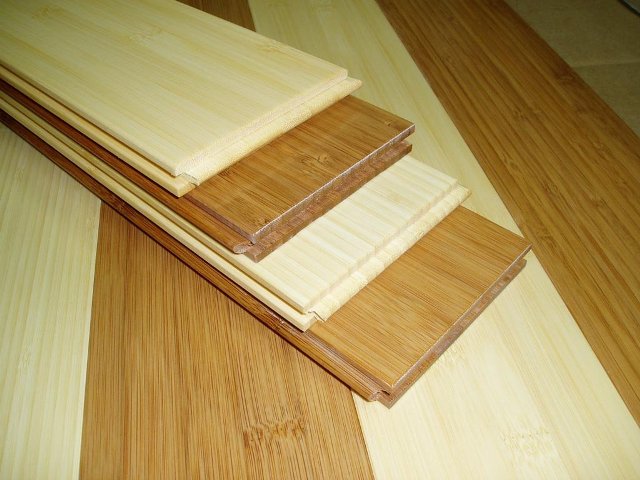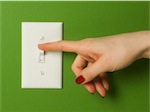Reasonable Cost
As we saw with the Energy Star program, national building codes have adopted window efficiency requirements that basically mandate low-E everywhere in the country. Given that the incremental cost of upgrading from clear double glass to a gas-filled low-E window is less than $1 per square foot of glass area, most studies show that the payback period for choosing low-E will be less than one year (Figure 9), and this does not even take into account the cost savings of a downsized furnace and air-conditioner. Nor does it take into account the improved comfort of occupants, one of the greatest benefits of the revolution in glazing technology.
Triple glazing may be cost-effective in extremely cold climates, but with a longer payback period that would need to be evaluated on a case-by-case basis.
In retrofits, while it may not be cost effective to replace old windows based on energy savings alone (depending on the new window and installation costs), once you have decided to replace the windows, upgrading from clear glass to low-E will provide a payback as quickly as in new construction.
Dealing With Condensation
Condensation on windows, which often causes disappointed customers and callbacks, can be reduced with new glazing technologies. With a simple chart (below), it’s easy to predict under what conditions condensation will form on a given window. Low-E windows can prevent the formation of condensation until relative humidity levels reach 65 percent at an outdoor temperature of 20 deg F. Relative humidity levels above 65 percent are excessive and will likely cause other problems besides dripping windows. I always recommend that contractors carry a digital hygrometer to measure and record indoor relative humidity while they are in customers’ homes.
Given an outdoor temperature of 20 deg F, project up vertically to the desired glazing curve. A double-glazed clear window, for instance, corresponds to a relative humidity of 51 percent. Compare this with a double-glazed low-E argon product, which would allow almost 70 percent relative humidity before condensation would occur. This chart is for the glass only and not the frame.
|
Steve Easley is an internationally renown construction consultant who specializes in helping contractors build and remodel homes for high performance and solves building science related problems. He also teaches best practice building techniques and has written extensively for building journals and magazines. Steve can be reached at steve@steveeasley.com. His website is steveeasley.com. |
For More Information
|







